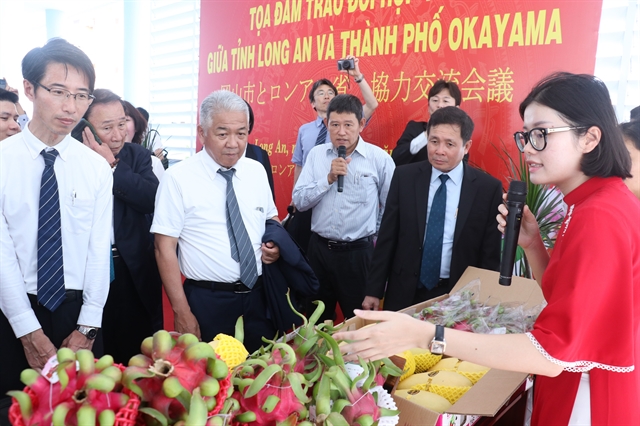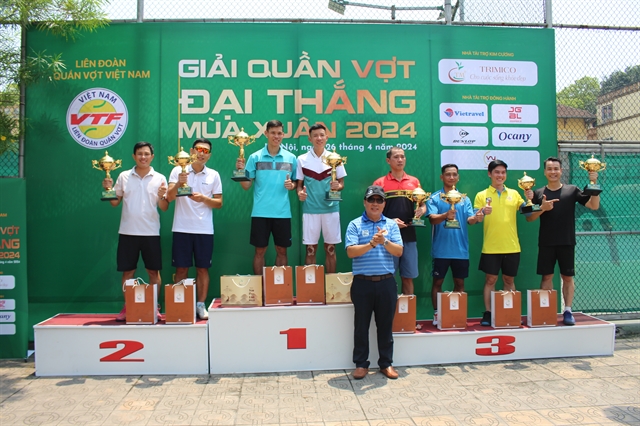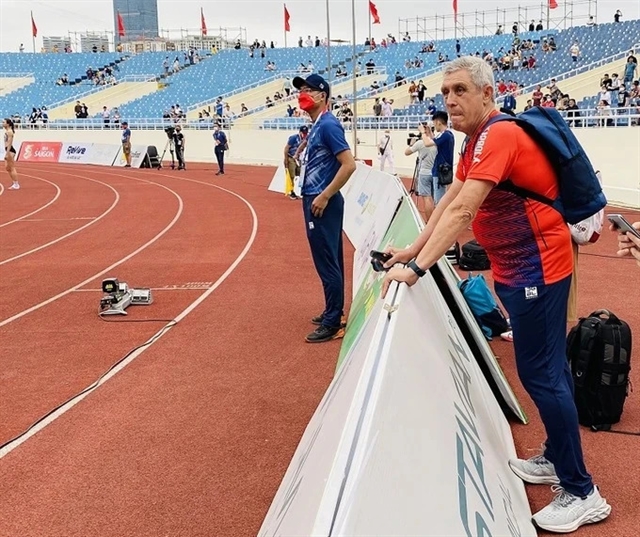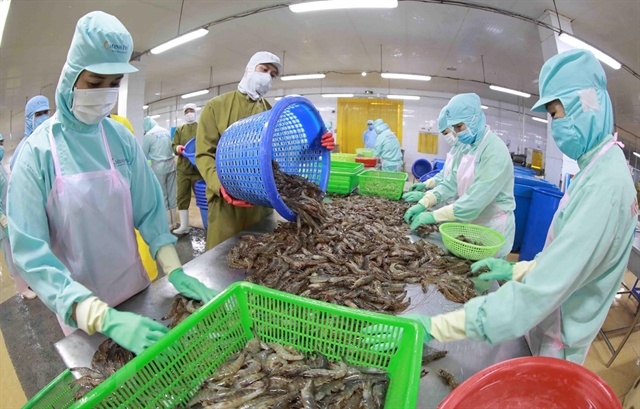 Society
Society

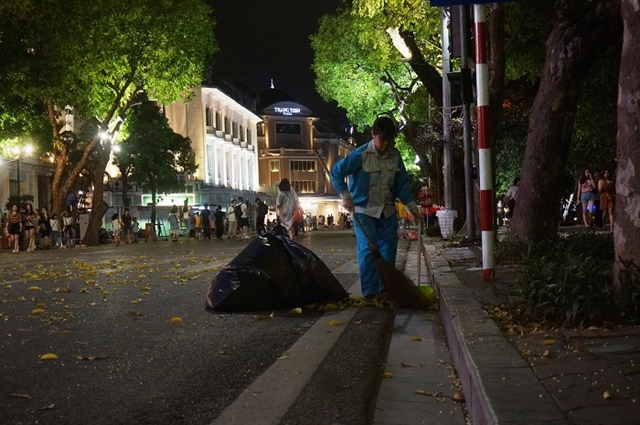
|
| A sanitation worker collected rubbish around Hoàn Kiếm Lake.– Photo kinhtedothi |
HÀ NỘI – On Saturday afternoon, with temperatures reaching 40 degrees, sanitation workers were drenched in sweat as they collected rubbish around Hoàn Kiếm Lake.
Using a 3.5-tonne truck to collect household garbage in four inner districts of Hoàn Kiếm, Ba Đình, Hai Bà Trưng and Đống Đa, the workers have received positive feedback from residents.
Nguyễn Thu Hoài, living in Kim Mã Street, said in the past, household garbage was collected using handcarts, while her family members and neighbours often dumped their waste on the street.
“The habit is very unsanitary, people dump their garbage on the street outside their houses,” Hoài said.
Since the Hà Nội Urban Environment One Member Co Ltd (Urenco) used trucks with loudspeakers to remind people about the environment, people’s habits improved markedly.
Đào Đức Khánh, Deputy Head of the Business & Communications Department at Urenco, said, in the past, garbage was piled up on the streets before handcarts came to collect it. The wind would scatter the rubbish or it would be swept down the drain by water.
Trucks and garbage-collection machines are improving conditions in four districts.
Nguyễn Thị Hải, a Urenco worker in charge of Đống Đa District, said since modern machines were put into operation, the productivity of garbage collection rose (increasing 6-7 times against handcarts). “And more importantly, for sanitation workers, the garbage-collection process is faster and cleaner.”
“The typical diseases experienced by environmental workers, especially those related to the respiratory system or skin, have dropped significantly,” Hải said.
The mechanisation of garbage-collection vehicles implemented by Urenco since March, 2016, has improved the urban environment.
Speaking about environmental and social efficiency, a Urenco official said the streets were cleaner and the image of sanitation workers had improved.
In other districts, garbage collection was still conducted with handcarts, which were less environmentally-friendly. In the future, the company will study and deploy more machines.
To implement the model, areas must meet 4 criteria: household garbage in sealed bags, sealed garbage containers in alleys or residential areas, trucks, and a fixed route.
Nguyễn Hữu Chiến, Deputy Director of Urenco’s Hoàn Kiếm District branch, said certain areas were unsuitable for garbage-collecting machines as the alleys were too narrow.
Additionally, people’s behaviour has changed “but not much”, Chiến said. It was common to see rubbish dropped after the truck had visited.
Hà Nội discharges nearly 5,400 tonnes of household garbage per day, of which 3,200 tonnes comes from urban areas, and the remaining waste from rural areas, according to the municipal Department of Natural Resources and Environment.-- VNS

